
views
Choosing Your Fish
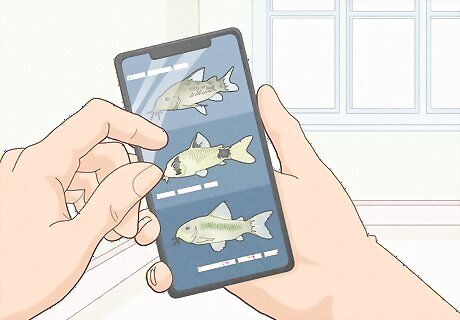
Research the different types of corydoras species. There are currently over 150 cory species discovered so far. More than 30 of them are readily available at pet stores and online. Your choice of fish should be a personal preference, as many of these species have extremely similar requirements. Here are a few favourites: Peppered corys are spotted, considered very easy, and are known to live in cooler water. Bronze corydoras, also known as Emerald catfish and Green Corys, also require minimal care. The Panda cory is slightly smaller with patches. Julii corys are white with many tiny stripes and spots. Albino corys are generally a form of bronze cory, but can be another species. Sterbai cories are inverted julii corys. Habrosus, or salt and pepper corys are much smaller.
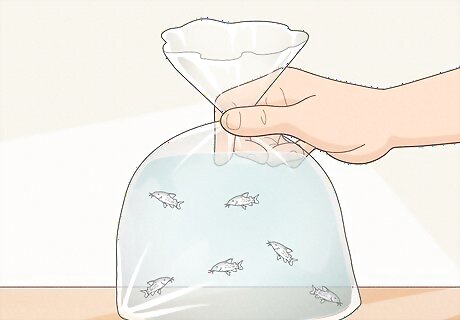
Purchase at least five fish. To spawn corydoras fish in an aquarium, you will first need to purchase a group of fish. Cory fish are generally sold as juveniles and are not sexually mature. At this age, you cannot sex the fish, or tell what gender the fish is. It is recommended to buy more than five fish so that your chances of getting both genders are increased.
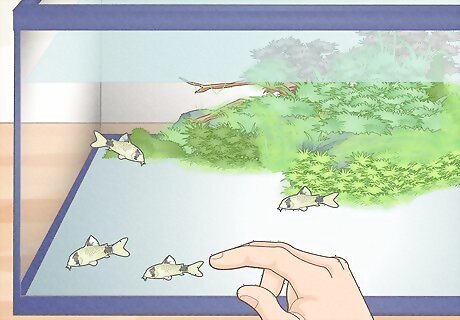
Choose healthy fish with normal coloring. Look for fish that behave normally and stay near the bottom of the tank. Each cory should stay close to the other corys. The catfish should not look beat up or hurt.
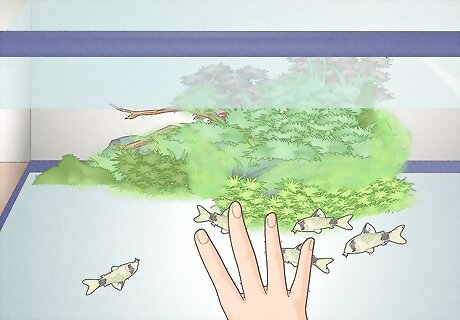
Monitor the behavior of your fish. After you buy your corydoras, they should all look relatively healthy. It is fairly common to have 1-2 deaths in a large group during the transition, but they should all appear to be extremely healthy and active.
Getting Ready To Breed
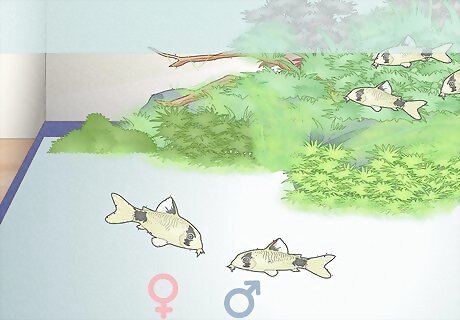
Look for fish that are sexually mature. Once your fish are sexually mature, the females should look longer, wider, and slightly taller. Males will look a bit more streamlined and smaller. Females also tend to have larger pelvic fins and rounder dorsal fins in some species.

Separate your fish into groups of three. After sexing your fish, you should put at least one trio (one female, two males) in a separate 10+ gallon aquarium. If you do not put them in a separate tank, you will have fewer fry (babies) as most will be eaten!
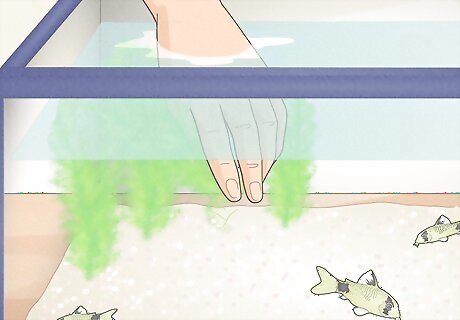
Condition your fish. Once they are in their separate aquarium, it is time to condition them. Conditioning is fairly simple. You provide the correct breeding environment for the fish, and they will breed.
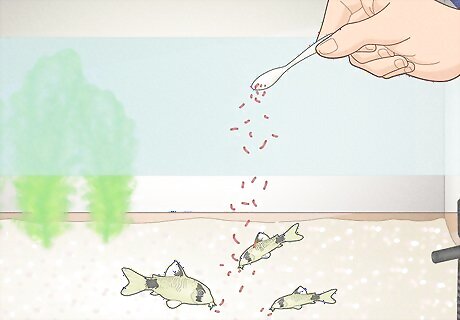
Feed your fish insects and live food. If you cannot find live food, frozen food is also great. This will stimulate a storm coming, as insects tend to be more active before a storm, often falling in the water.
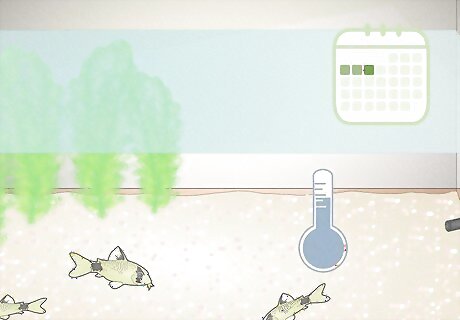
Begin to cool the water after 2-3 days of feeding live food. Do extra water changes with colder water until it is at least 3+ degrees cooler depending on the species of corydoras you chose. It should be almost cold enough by the 2-4 day of water changes.
Breeding And Aftercare

Understand when your fish begin to breed. By now, your fish will have started breeding. This process should be natural with little interference. It should take anywhere from a couple of hours to a few days until they are done. The breeding fish will get in the "T position" in which the female swims up to the male's abdomen. The male will release sperm to fertilize the eggs. The female lays the eggs into her pelvic fin before choosing a spot to place them. The eggs will be all over the aquarium in small groups of about 4-12 eggs.

Once the eggs are done spawning, remove the parents. When the parents are done spawning, they will get hungry and start eating the eggs! If you do not remove the parents, all the eggs will be gone. If you do not have a tank large enough for the parents, you can also carefully remove the eggs with a razor. Also, bring the water up to its normal temperature.
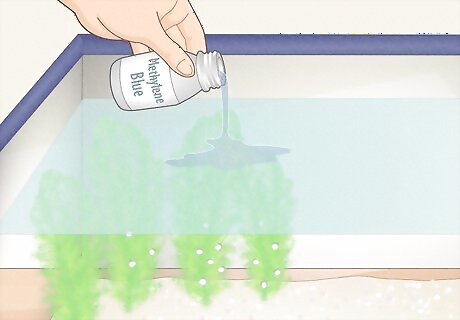
Protect the eggs from fungus. After the parents are gone, the eggs risk dying of fungus. Methylene Blue is a good medication to put in to prevent this. Otherwise, do many water changes each day to keep the water crystal clean. The eggs should hatch within the next six days. During this time, take any pure white eggs out because they are dead.

Feed the fry once they are swimming. When the fry has hatched, they will not need food for another two or three days. After they are free swimming, you can feed them baby brine shrimp and other tiny foods. When they are a week or so old, try feeding them crushed flakes and larger food. By the time they are about 1 inch, they can be sold to a local store or put with your other fish.

















Comments
0 comment